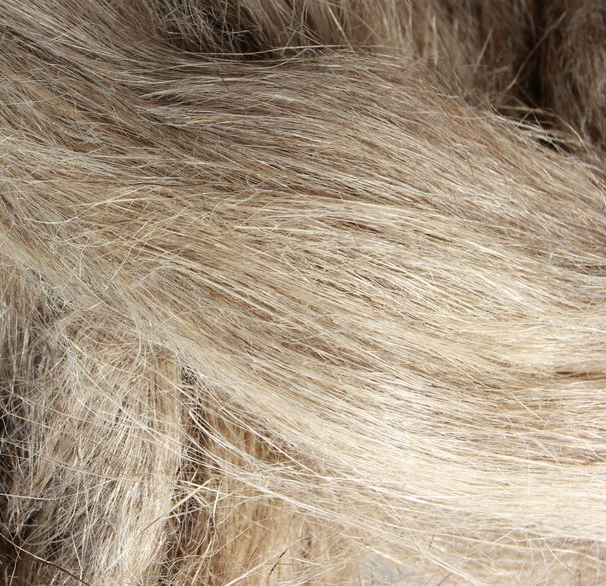Hemp fiber used to develop low-cost graphene-like nanomaterial.

Researchers from the University of Alberta developed a new low-cost process to turn hemp bast fibers into graphene-like materials that can be used in energy storage electronics.
They use a part of the hemp plant called the bast, which is usually thrown away during industrial hemp production – it’s a waste product. It is a nanocomposite made up of layers of lignin, hemicellulose, and crystalline cellulose. If you process it the right way, it separates into sheets similar to graphene.
The process used in the research involves heating the bast to 180 degrees Celsius for 24 hours. This breaks down the lignin and hemicellulose, and the crystalline cellulose begins to carbonize. They material is then heated up to 700 to 800 degrees and treated with potassium hydroxide. This causes it to exfoliate into nanosheets riddled with pores 2 to 5 nm in diameter.
Source: C&EN

